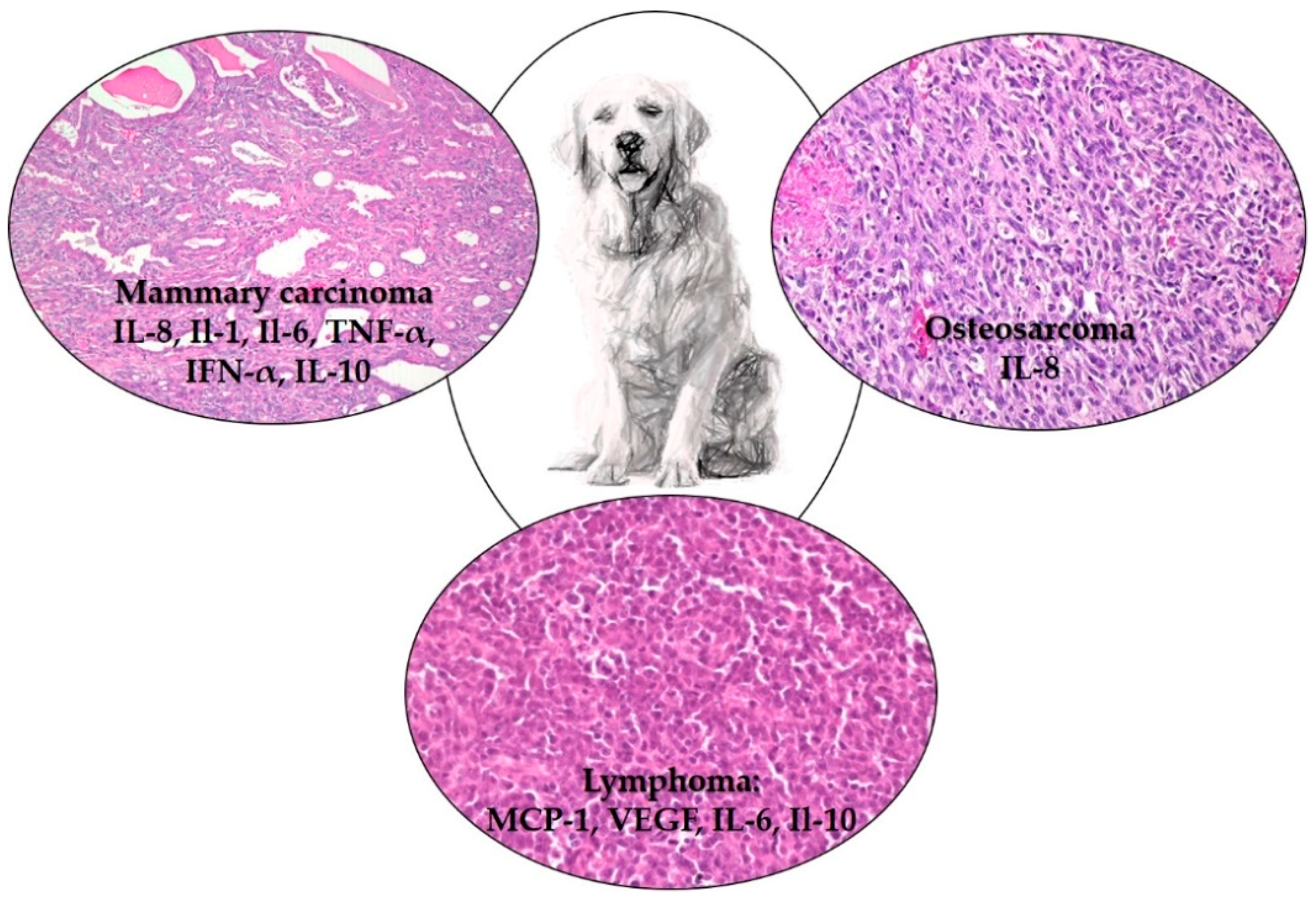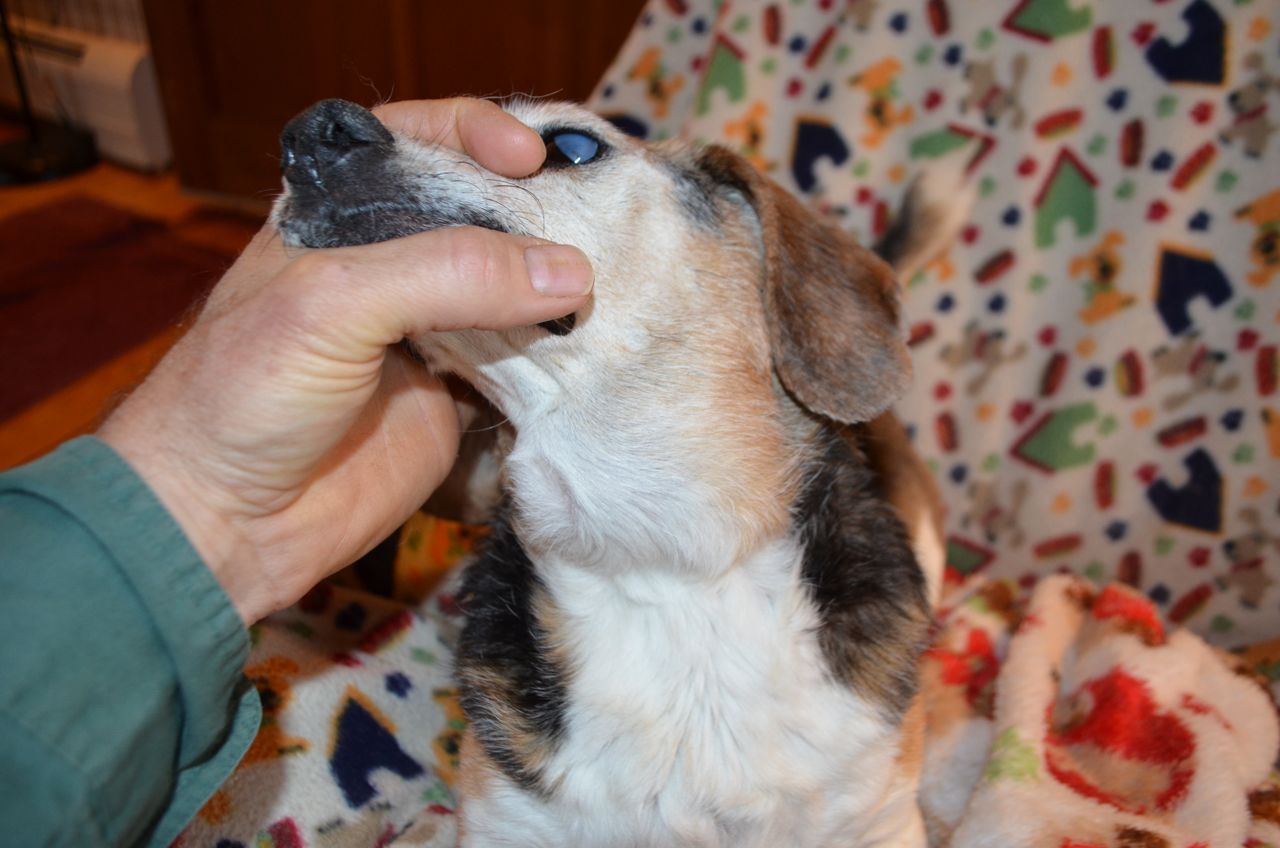


I have plenty of doctors yall… and if you say mean things to me, I’ll block you #bye #pulmonaryhypertension #PulmonaryArterialHypertension #Remodulin #raredisease #raremedicalconditions #pumptherapy #patientadvocate #patientadvocate #spoonie #remodulinpump #subqremodulin #medicaltreatment #chronicillness #themoreyouknow #skinallergies #subcutaneousinjection". I’m not just sitting around here doing nothing 😂 some of the comments act like I’ve never seen a doctor in my life. Just doing the best I can over here… trust me. We’ve tried a looooottttt of things and this is the best I can do right now.
#Tcel lymphosarcoma in dogs Patch#
I have plenty of doctors yall… and if you say mean things to me, I’ll block you #bye #pulmonaryhypertension #PulmonaryArterialHypertension #Remodulin #raredisease #raremedicalconditions #pumptherapy #patientadvocate #patientadvocate #spoonie #remodulinpump #subqremodulin #medicaltreatment #chronicillness #themoreyouknow #skinallergies #subcutaneousinjectionģ63 Likes, TikTok video from Gerry | Pulmonary Hypertension "I’ve had patch testing, allergy testing, seen derm and an allergist. Thus, the aim of this study was to determine whether the RIs of the general canine population could be applied to that of SSs, and to generate breed‐specific RIs, where appropriate.I’ve had patch testing, allergy testing, seen derm and an allergist. Consequently, a breed‐specific approach is more often required. Shetland sheepdogs (SSs) are reported to be more predisposed to different diseases (eg, hyperlipidemia, gallbladder mucocele, and hypothyroidism). Several breeds have physiological peculiarities that induce variations in reference intervals (RIs) compared with the general canine population. Reference intervals for blood parameters in Shetland Sheepdogs In: Veterinary and Comparative Oncology 3 (1), 32-32.
#Tcel lymphosarcoma in dogs skin#
Total Skin Electron Beam Irradiation for Generalized Cutaneous Lymphoma. Development of a collaborative study with other veterinary RT centers having electron beam capabilities is being evaluated through VRTOG. One patient has failed the therapy at this date.Ĭonclusions: The TSE technique adapted for use in canines with CTCL was well tolerated with no significant toxicity noted. All patients responded to the treatment initially with the first patient having tumor control for >20 months. Results: Four canine patients with CTCL have been treated with this TSE technique. The entire skin surface is treated from multiple directions. Methods: The modified Modern TSE technique and its application for canine MF/CTCL patients involves 20 treatments given MF over 4 weeks. This paper describes an adaptation of the Modern TSE technique used in human MF patients and its application in canine patients with MF/CTCL. Now that more veterinary RT facilities have linear accelerators with electron beam capabilities, it is possible canines with CTCL can be treated with TSE. The patient died the night of the 2nd fraction of RT. Only one dog with CTCL has been treated with total skin irradiation using orthovoltage irradiation. In fact, if these early stage patients were treated with 3035 Gy, the median overall survival was not reached at 15 years. In humans, early stage mycosis fungoides (MF) patients that do not have lymph node or any systemic involvement can do very well with total skin electron beam irradiation (TSE). Could this therapy become an option also in dogs? The diseases has many similarities to CTCL in humans who are treated with a special radiation therapy in the early stage of the disease. Mykosis fungoides (Generalized cutaneous Tcell lymphoma, CTCL) is a neoplasia that sometimes is seen in older dogs. Total Skin Electron Beam Irradiation In Canine Mykosis Fungoides Home / WELCOME / Archiv / Small Animal Practice / Total skin electron beam irradiation in canine mykosis fungoidesīovine Equine Small Animal Practice Swine Practice Articles Vetjournal


 0 kommentar(er)
0 kommentar(er)
